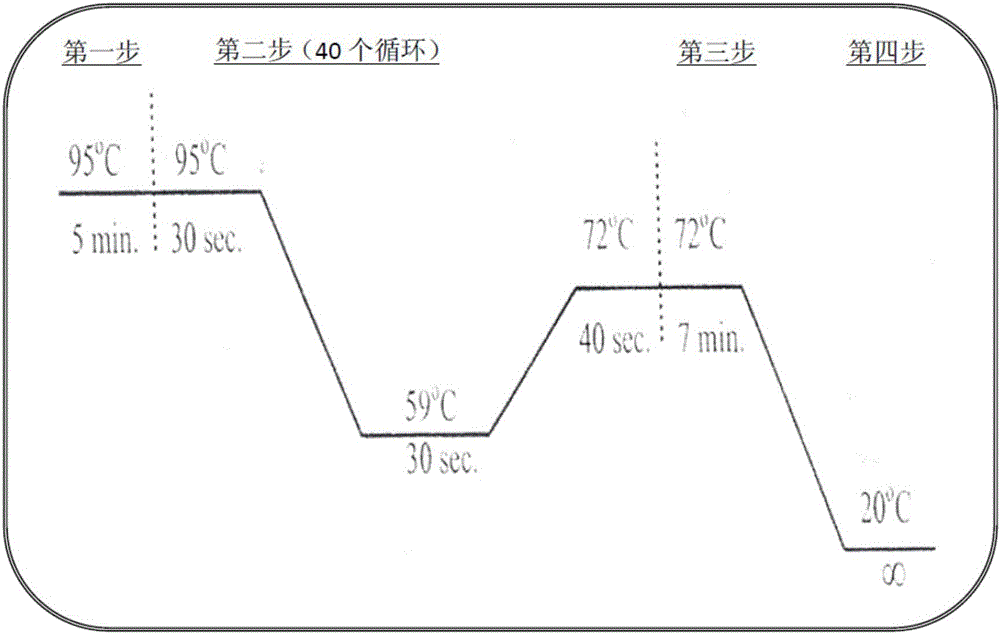Polynucleotide of insect resistant plant resistant to herbicide, expression cassette including polynucleotide and application thereof
A technology of polynucleotides and insect-resistant plants, applied in the field of genetic engineering, can solve the problems of pests in cotton fields, achieve high expression levels, reduce demand, and reduce the chance of resistance
- Summary
- Abstract
- Description
- Claims
- Application Information
AI Technical Summary
Problems solved by technology
Method used
Image
Examples
Embodiment 1
[0092] An expression cassette for a herbicide-resistant insect-resistant plant: comprising a first expression cassette, a second expression cassette, a third expression cassette and a fourth expression cassette;
[0093] The first expression cassette comprises a first promoter, a 141bp long first 5' non-coding region, a first polynucleotide and a first terminator; the first polynucleotide comprises a coding region of EPSP synthase and a 108bp long the coding region of the first CTP;
[0094] The first promoter is connected to the 5' end of the first 5' non-coding region; the coding region of the first CTP is connected to the 3' end of the first 5' non-coding region, and the first 5' non-coding region and the first CTP The sequence connected to the coding region is shown in SEQ ID No.17; the coding region of the EPSP synthase is connected at the 3' end of the coding region of the first CTP; the first terminator is connected at the 3' end of the coding region of the EPSP synthas...
Embodiment 2
[0116] Each expression cassette in Example 1 was prepared by the following process:
[0117] The coding sequence of CTP is operably combined at the 3' end of the 5' non-coding region including the corresponding promoter; then further tagged to the coding region of EPSP synthase, the coding region of the vegetative insecticidal protein VIP3A or the insecticidal protein Cry2A The 5' end of the DNA sequence of the coding region; the corresponding terminator is further connected to the 3' end of the DNA sequence encoding the protein.
Embodiment 3
[0119] This example is used to illustrate the process of obtaining the carrier:
[0120] 1) The first expression cassette, the second expression cassette, the third expression cassette and the fourth expression cassette obtained in Example 1 and Example 2 are cloned between the left border sequence and the right border sequence of the same T-DNA of the plasmid vector , the sequence of the T-DNA is shown in SEQ ID No.26; obtain the vector inserted into the expression cassette;
[0121] 2) Using the Agrobacterium electroporation transformation technique, the plasmid vector obtained in step 1) is transformed into Agrobacterium tumefaciens LB4404 strain, and plants are infected by Agrobacterium tumefaciens.
PUM
 Login to View More
Login to View More Abstract
Description
Claims
Application Information
 Login to View More
Login to View More - R&D
- Intellectual Property
- Life Sciences
- Materials
- Tech Scout
- Unparalleled Data Quality
- Higher Quality Content
- 60% Fewer Hallucinations
Browse by: Latest US Patents, China's latest patents, Technical Efficacy Thesaurus, Application Domain, Technology Topic, Popular Technical Reports.
© 2025 PatSnap. All rights reserved.Legal|Privacy policy|Modern Slavery Act Transparency Statement|Sitemap|About US| Contact US: help@patsnap.com



